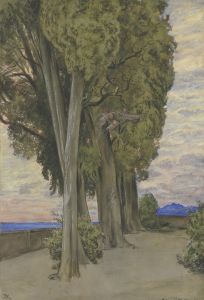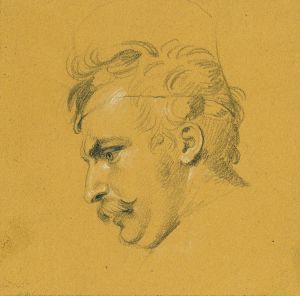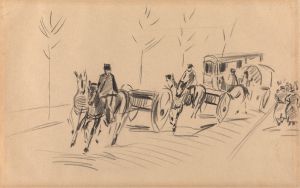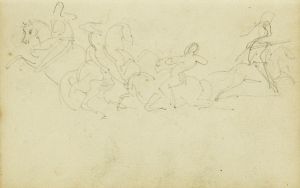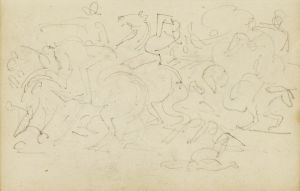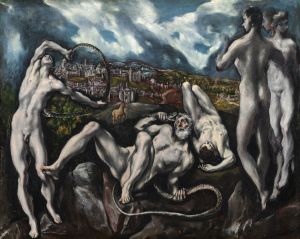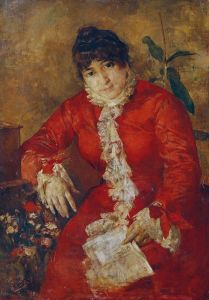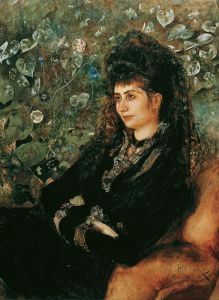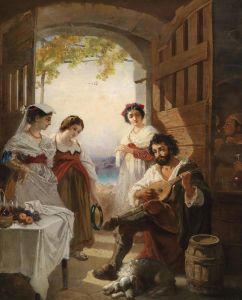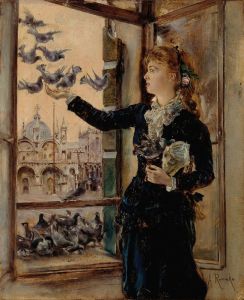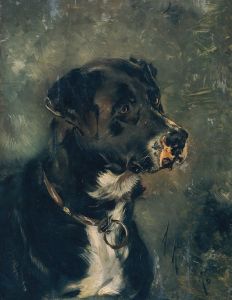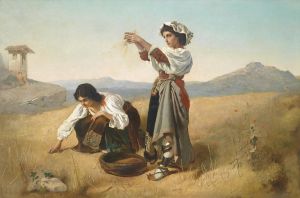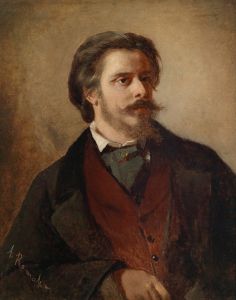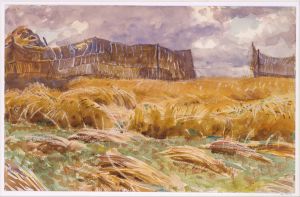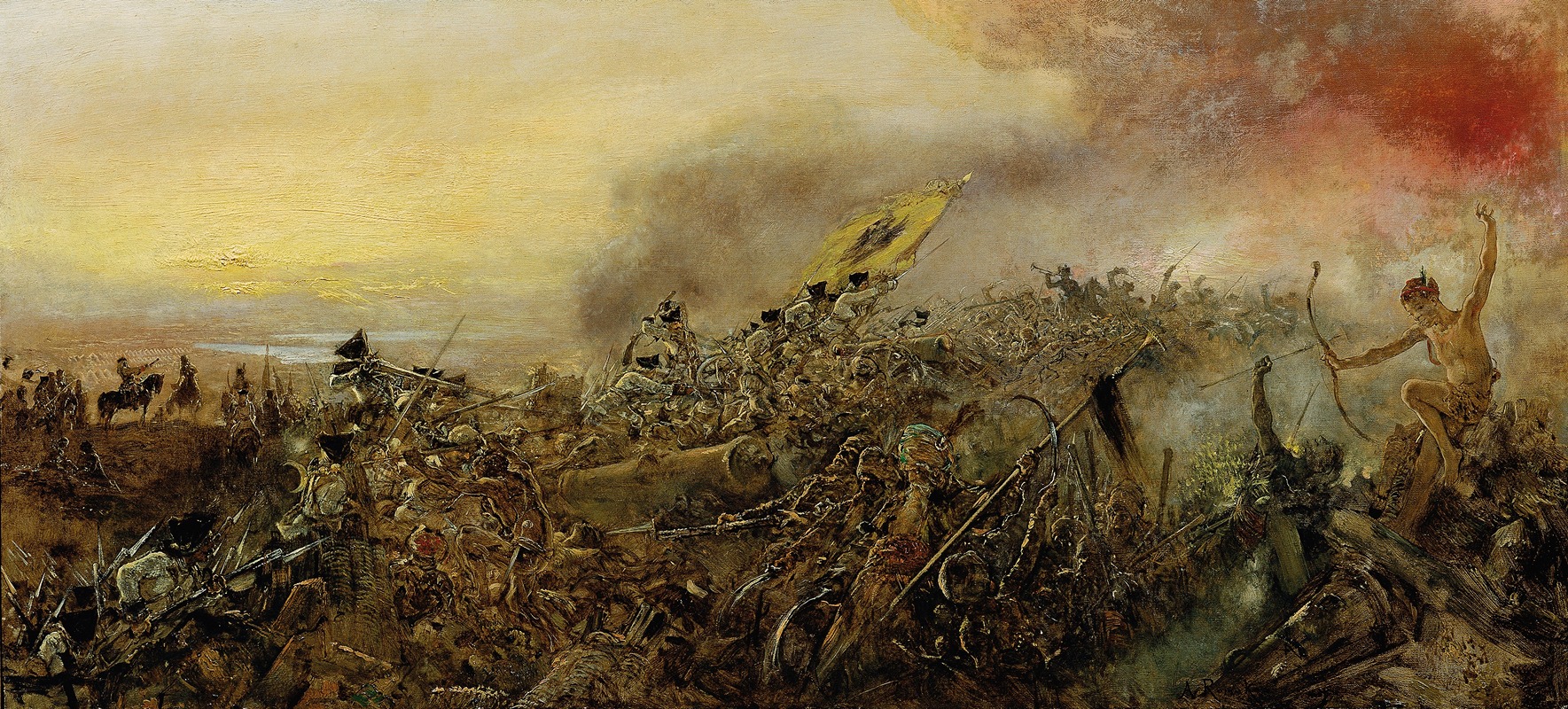
Prinz Eugen von Savoyen in der Schlacht bei Zenta
A hand-painted replica of Anton Romako’s masterpiece Prinz Eugen von Savoyen in der Schlacht bei Zenta, meticulously crafted by professional artists to capture the true essence of the original. Each piece is created with museum-quality canvas and rare mineral pigments, carefully painted by experienced artists with delicate brushstrokes and rich, layered colors to perfectly recreate the texture of the original artwork. Unlike machine-printed reproductions, this hand-painted version brings the painting to life, infused with the artist’s emotions and skill in every stroke. Whether for personal collection or home decoration, it instantly elevates the artistic atmosphere of any space.
"Prinz Eugen von Savoyen in der Schlacht bei Zenta" (Prince Eugene of Savoy at the Battle of Zenta) is a painting by the Austrian artist Anton Romako. This artwork depicts the historical Battle of Zenta, which took place on September 11, 1697, during the Great Turkish War. The battle was a significant conflict between the forces of the Holy Roman Empire, led by Prince Eugene of Savoy, and the Ottoman Empire.
Anton Romako, born on October 20, 1832, in Atzgersdorf, Austria, was known for his unique style that combined elements of realism and expressionism. His works often focused on historical and military themes, and "Prinz Eugen von Savoyen in der Schlacht bei Zenta" is one of his notable pieces.
The Battle of Zenta was a decisive victory for the Holy Roman Empire. Prince Eugene of Savoy, a prominent military commander, played a crucial role in the success of the imperial forces. The battle occurred near the town of Zenta (present-day Senta, Serbia) on the Tisza River. The Ottoman army, led by Sultan Mustafa II, was caught off guard while crossing the river, leading to a devastating defeat. The Holy Roman Empire's forces managed to inflict significant casualties on the Ottomans, capturing many soldiers and artillery pieces.
Romako's painting captures the intensity and drama of the battle. Prince Eugene is depicted at the center of the composition, commanding his troops with determination and strategic acumen. The artist's use of dynamic brushstrokes and vivid colors conveys the chaos and violence of the battlefield. The painting also highlights the contrast between the disciplined imperial forces and the disarrayed Ottoman troops.
The artwork is notable for its historical accuracy and attention to detail. Romako meticulously researched the uniforms, weaponry, and tactics used during the battle to ensure an authentic representation. The painting serves as both a tribute to Prince Eugene's military prowess and a visual documentation of a pivotal moment in European history.
"Prinz Eugen von Savoyen in der Schlacht bei Zenta" is housed in the Heeresgeschichtliches Museum (Museum of Military History) in Vienna, Austria. The museum's collection includes numerous works of art, artifacts, and documents related to Austria's military history, making it an appropriate setting for Romako's painting.
In summary, Anton Romako's "Prinz Eugen von Savoyen in der Schlacht bei Zenta" is a significant historical painting that depicts the Battle of Zenta, a crucial victory for the Holy Roman Empire led by Prince Eugene of Savoy. The artwork is celebrated for its historical accuracy, dramatic composition, and detailed portrayal of the battle, making it an important piece in the study of European military history.





